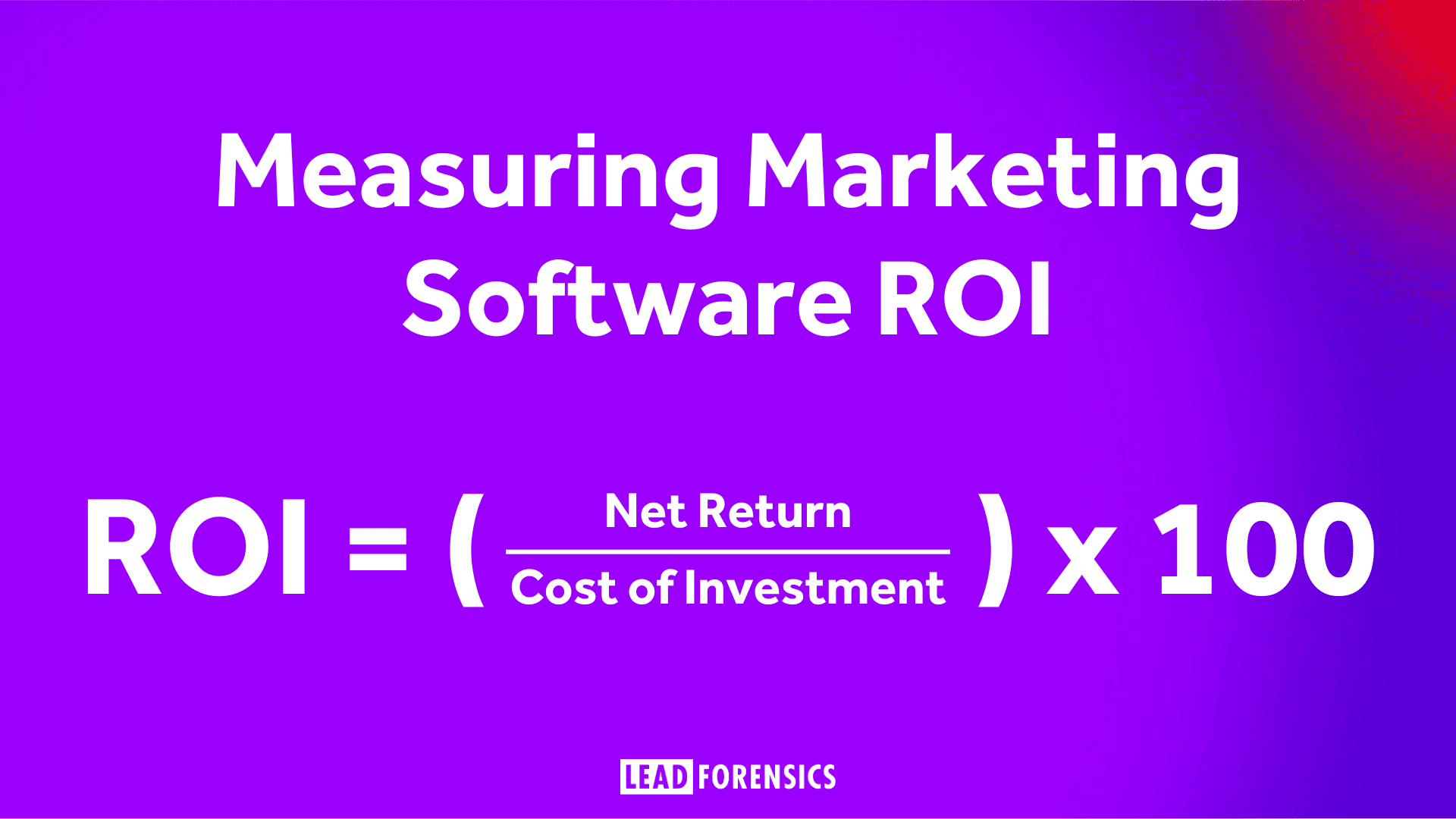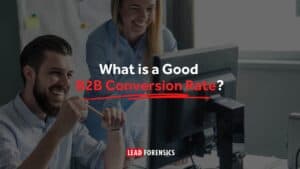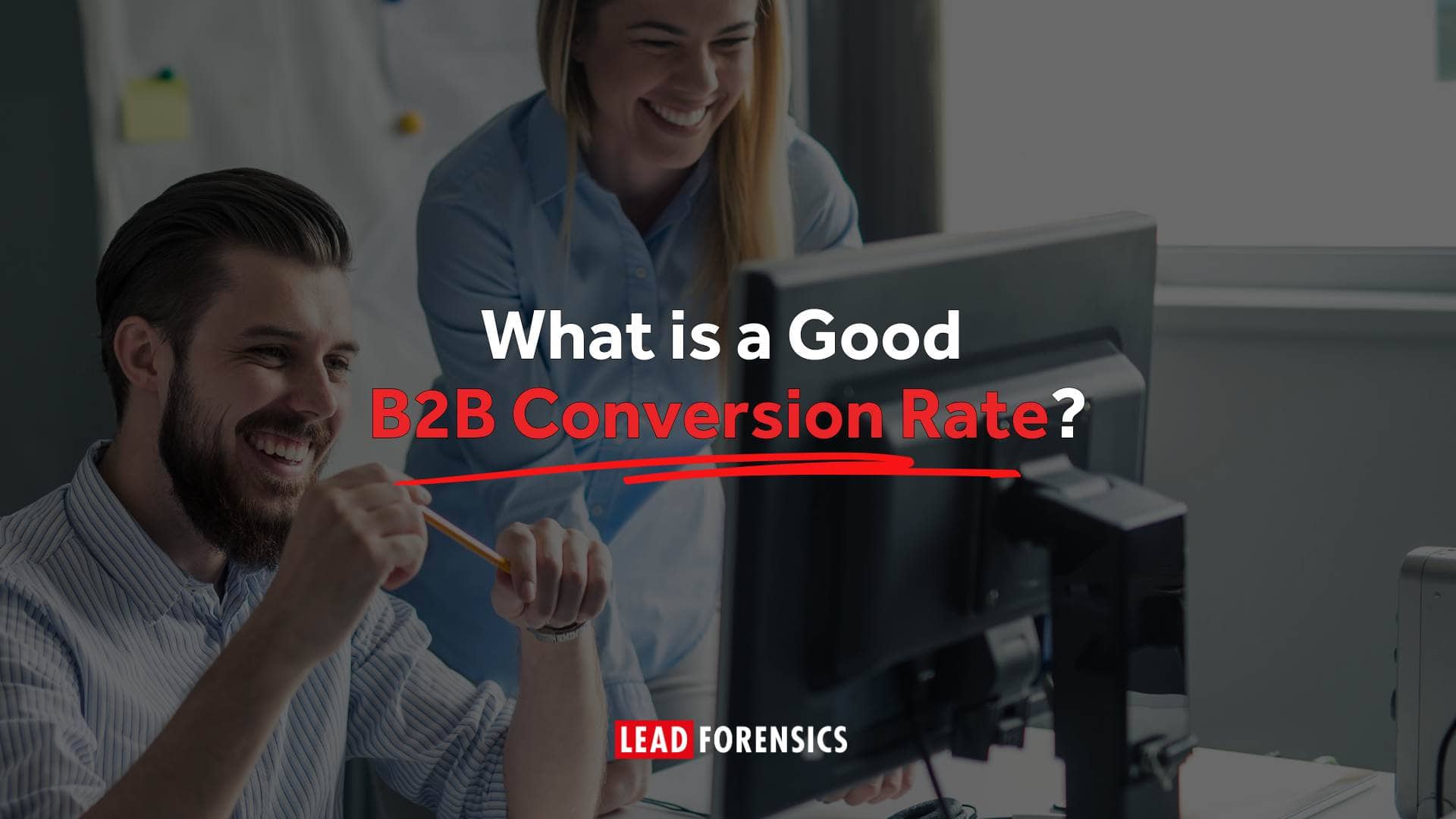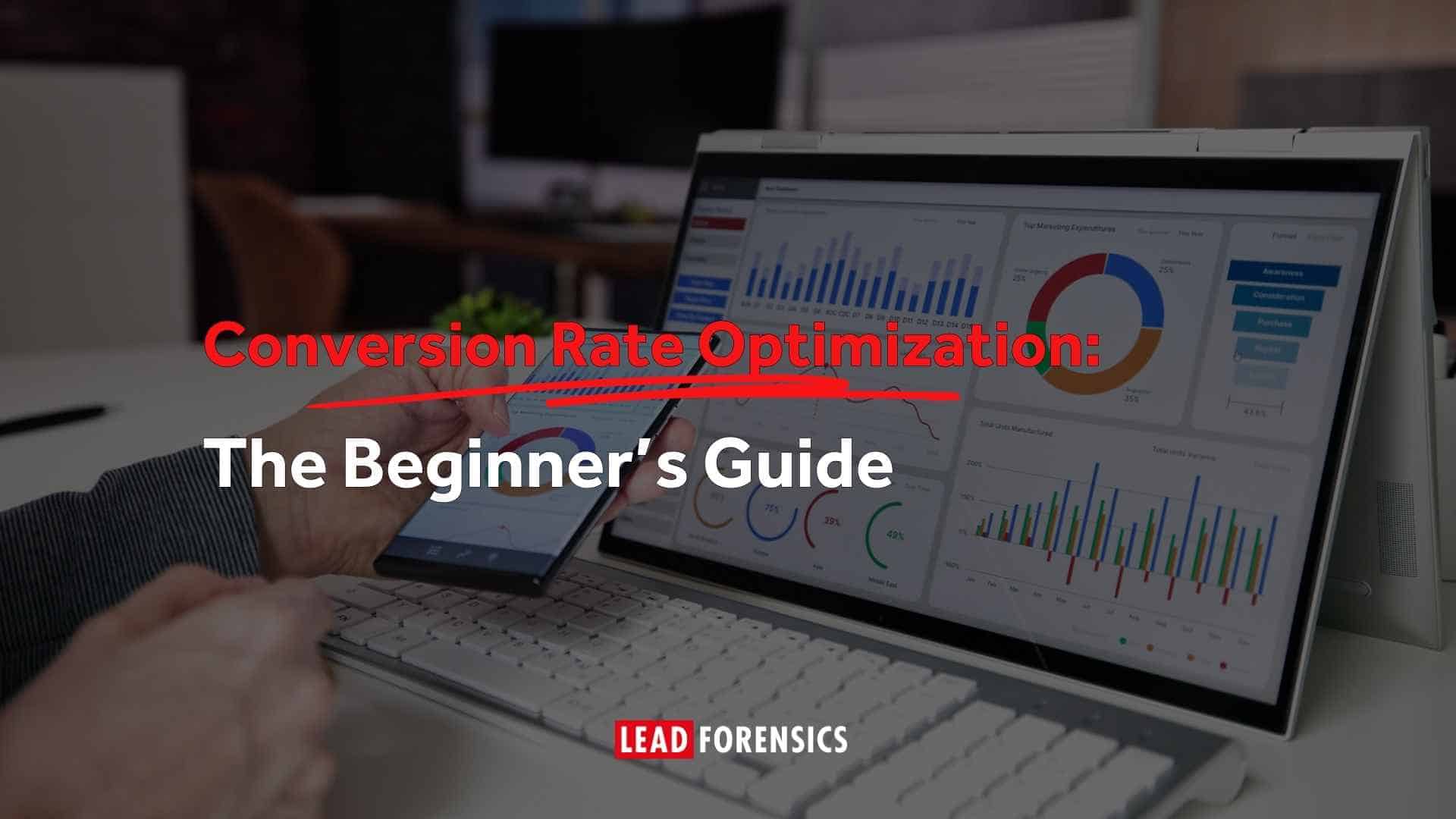With a multitude of metrics at our fingertips and the integration of various digital strategies, pinning down the exact ROI can feel like chasing a moving target.
In this blog post, we’ll demystify the process, offering a roadmap to not just calculate, but to optimize the ROI of your marketing software, ensuring every dollar you invest works as hard as you do.
Section 1: Understanding Marketing Software ROI
What is Marketing Software ROI?
At its core, Marketing Software ROI is a calculation that measures the value gained from your investment in marketing technology. It’s a tale of balance sheets, where the profits earned from your marketing software are weighed against the costs incurred during its acquisition and operation. In essence, it’s answering the pivotal question: “Is my marketing software a cost center or a profit center?”
The Components of Marketing Software ROI
The anatomy of Marketing Software ROI is composed of two main elements: benefits and costs. The benefits can be direct, such as increased sales or improved conversion rates, or indirect, like enhanced customer experience or brand loyalty. On the flip side, costs include the initial purchase price, implementation fees, training, and any ongoing expenses. True ROI calculation is an art that captures both the tangible and intangible, the immediate and the long-term.
A Tale of Transformation: The Before and After of ROI Measurement
Consider ‘Company A,’ which invested in marketing software without a clear understanding of its ROI. Sales were steady, yet the relationship between marketing efforts and outcomes was foggy. Fast forward to post-ROI enlightenment, where ‘Company A’ has laser-focused clarity on how their software investments are performing. They now identify profitable campaigns with ease, reallocate resources for maximum impact, and enjoy a significantly higher conversion rate – all because they learned to measure and act on their marketing software ROI.
Section 2: Setting the Stage for Accurate Measurement
Charting the Course: Goals and Objectives
Embarking on the journey of marketing software without clear goals is akin to setting sail without a compass. Establishing well-defined objectives is the first step in measuring ROI accurately. These objectives must be SMART: Specific, Measurable, Achievable, Relevant, and Time-bound. Whether it’s increasing lead generation by 20% within a quarter or boosting customer engagement by 30% in six months, your goals should illuminate the path forward and set the benchmark for success.
Aligning Tools with Targets
The marketing software in your arsenal should not just be state-of-the-art; it must be the right fit for your business outcomes. Does your email marketing platform help you achieve your lead nurturing objectives? Can your analytics software track the customer journey effectively? The capabilities of your marketing tools must be in lockstep with the outcomes you desire. When alignment is achieved, every feature of the software becomes a powerful lever to drive business results.
Deciphering the KPI Code
In the world of marketing software, not all KPIs wear a cape. Selecting the KPIs that align with your business goals is crucial. For lead generation software, look at conversion rates and cost per lead. For email marketing, keep an eye on open rates, click-through rates, and unsubscribe rates. These KPIs serve as the vital signs of your marketing efforts, indicating health and heralding success or signaling the need for a strategic pivot.
Section 3: Data Collection and Analysis
The Data Gathering Expedition
Data is the currency in the realm of ROI measurement. The collection methods range from automated tracking pixels that follow a customer’s journey across the web to CRM integrations that log every sales interaction. Surveys and customer feedback forms also add valuable qualitative data to the mix. The key is to employ a diverse set of tools that capture a holistic view of customer interactions with your marketing software.
Ensuring the Integrity of Your Data
To rely on data, one must first trust its integrity. Ensuring data quality involves regular audits, validation processes, and cross-referencing data points. Cleanse your database of duplicates, confirm email addresses are current, and maintain a standardized data entry process. Reliability is not just about the data itself but also about the consistent processes that underpin its collection and storage.
Crunching Numbers to Craft Narratives
Data on its own is just a collection of numbers; the magic lies in analysis. To infer ROI, adopt a mix of quantitative methods like cohort analysis, which can show how particular groups of customers behave over time, and qualitative assessments that might highlight why certain campaigns resonated with your audience. Tools like A/B testing can reveal which marketing approaches yield the best financial returns, turning data into actionable insights that directly inform ROI.
Section 4: Quantifying Benefits
Direct Benefits: The Tangible Treasures
Quantifying the direct benefits of marketing software is akin to counting the coins in your treasure chest. Sales, lead generation, and conversion rates stand as the crown jewels.
For sales, track the increase in revenue post-implementation against a similar prior period. Lead generation metrics are tallied by counting new leads attributed to marketing campaigns. Conversion rates shine by showing the percentage of leads turning into paying customers. These metrics offer the clearest view of your marketing software’s profitability.
Indirect Benefits: The Hidden Gems
Some benefits are not as easily counted, yet they glitter just as brightly. Brand awareness can be gauged through social media engagement rates or brand mention analytics.
Customer satisfaction might be measured by Net Promoter Scores (NPS) or customer retention rates. These indirect benefits can have a profound impact on the long-term vitality and growth of your business.
Attribution Models: Mapping the Treasure Hunt
Attribution models are the maps that help marketers discover which campaigns lead to X marking the spot—where ‘X’ is a sale or conversion. Whether it’s a simple model, like ‘last-click’ attribution, or a more complex one like ‘multi-touch’ attribution, these models allocate credit to various marketing touchpoints.
Understanding the strengths and limitations of each model is critical for accurately quantifying the benefits your marketing software brings to the table.
Section 5: Tallying the Costs
The Expenditure Ledger
The costs associated with marketing software are as varied as the features they offer. The upfront costs are often clear – implementation fees, training, and subscription costs lay the foundation. These are the price tags you see when you unlock the box of your new marketing tool.
The Hidden Expenditures
Beyond the obvious lies a sea of oft-neglected costs. Maintenance, for instance, ensures your software remains shipshape. Upgrades, while offering new capabilities, also add to the expense column. Even the time your team spends learning the ins and outs of a new tool is a cost that many need to remember to account for.
Sailing Towards Cost Efficiency
To navigate these financial waters, adopt strategies for cost management. Seek to understand the total cost of ownership (TCO) of your marketing software.
Consider the value of subscription tiers – does the premium option really contribute to additional ROI, or would the basic tier suffice? Regularly assess the software’s utility to ensure it continues to justify its cost. Cost optimization is not about spending less but about spending smart.
Section 6: Calculating ROI
The ROI Formula Decoded
Calculating the ROI of your marketing software involves a simple yet powerful formula:

Let’s break it down into actionable steps:
Identify Total Benefits: Sum up all the direct benefits (like increased sales) and assign a dollar value to indirect benefits (such as estimated increases in customer lifetime value due to improved satisfaction).
Tally Total Costs: Add up all costs, including initial purchase, implementation, training, maintenance, and any other associated expenses.
Calculate Net Profit: Subtract the total costs from the total benefits.
Compute the ROI: Take the net profit, divide it by the total costs, and multiply by 100 to get a percentage.
Hypothetical ROI Scenario
Imagine Company B spends $10,000 on marketing software and sees a direct sales increase worth $50,000. The total costs, including hidden expenses, amount to $15,000, making for a net return of $35,000.

This means for every dollar spent, Company B gets back $2.33 in return.
ROI Amplifiers: Tools and Tech
Various tools can facilitate ROI calculation, like CRM systems that track sales growth, analytics platforms that measure customer engagement, and financial software that monitors costs. Integration of these systems provides a more seamless and automated approach to tracking ROI over time.
Section 7: Beyond the Numbers – Qualitative ROI
The Intangible Ledger
While ROI is typically expressed in numbers, the qualitative benefits of marketing software can also be transformative. For example, improved customer satisfaction can lead to reduced churn and word-of-mouth referrals, which may not be immediately quantifiable but can have significant long-term benefits.
User Feedback as a Compass
Incorporating user feedback into ROI assessment helps to adjust the sails of your marketing strategy. Regular surveys and feedback mechanisms can inform product development and customer service enhancements, contributing to a better product-market fit and potentially higher ROI in the future.
Strategic Advantages: The Long View
Marketing software can provide strategic advantages that extend beyond immediate financial gain. For instance, data insights can lead to better market segmentation and targeting, efficient lead nurturing processes can improve the sales cycle, and automation can free up valuable resources for other initiatives. These long-term strategic advantages often result in a snowball effect, where the benefits compound over time, creating a sustainable competitive edge.
Lead Forensics Software
Discover the Lead Forensics marketing software, identifying the B2B businesses visiting your website and providing contact details for key decision makers, enabling instant combination for revolutionary conversion. Our clients have achieved more than 8000% ROI – kick-start your marketing success today.










